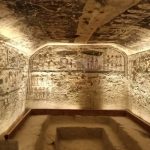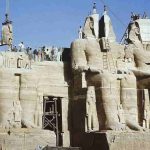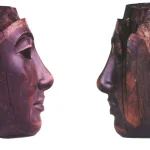Maya Stucco Head, Palenque (600–900 CE)
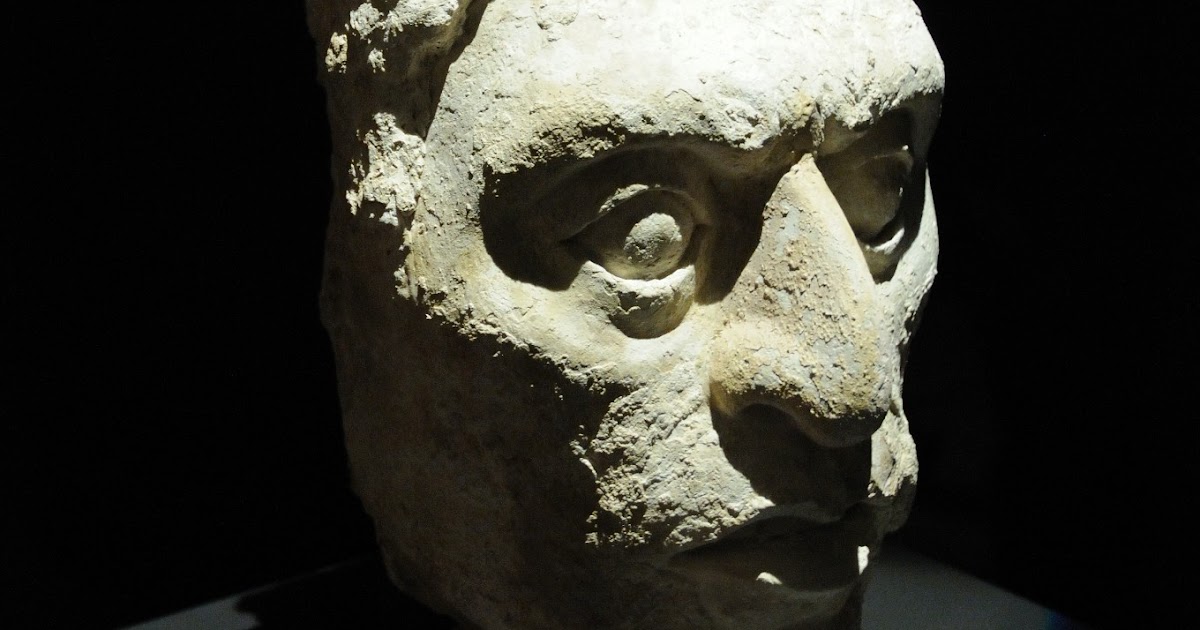
This stucco head from Palenque, Chiapas, dating between 600 and 900 CE, exemplifies the artistry and symbolism of Maya sculpture.
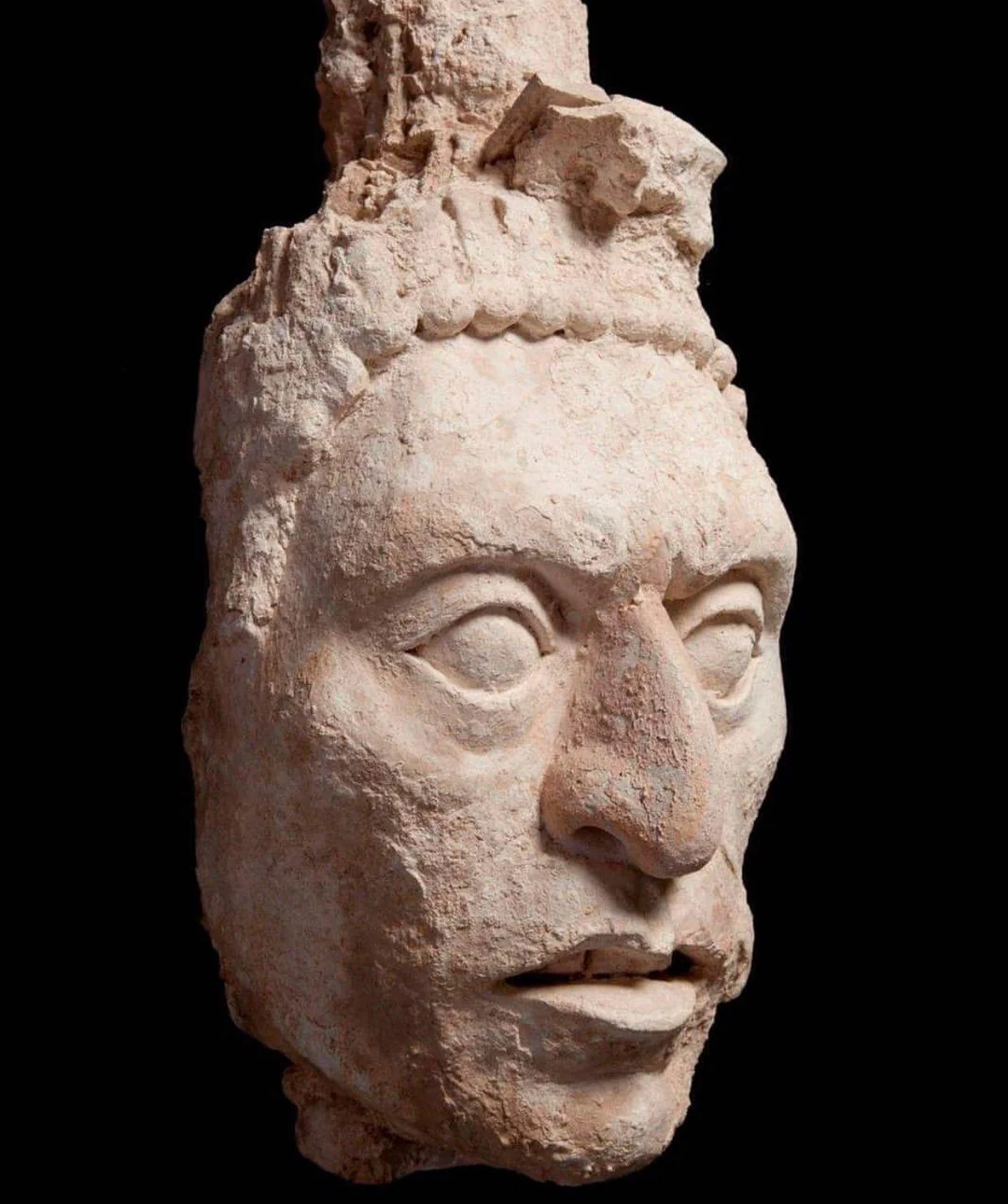
Crafted in life-size proportions, it likely formed part of a larger architectural decoration or temple façade, where stucco figures were used to embody rulers, deities, or mythological beings. The finely modeled features, such as the prominent nose, expressive mouth, and detailed eyes, reflect both naturalistic observation and the Maya ideal of beauty.
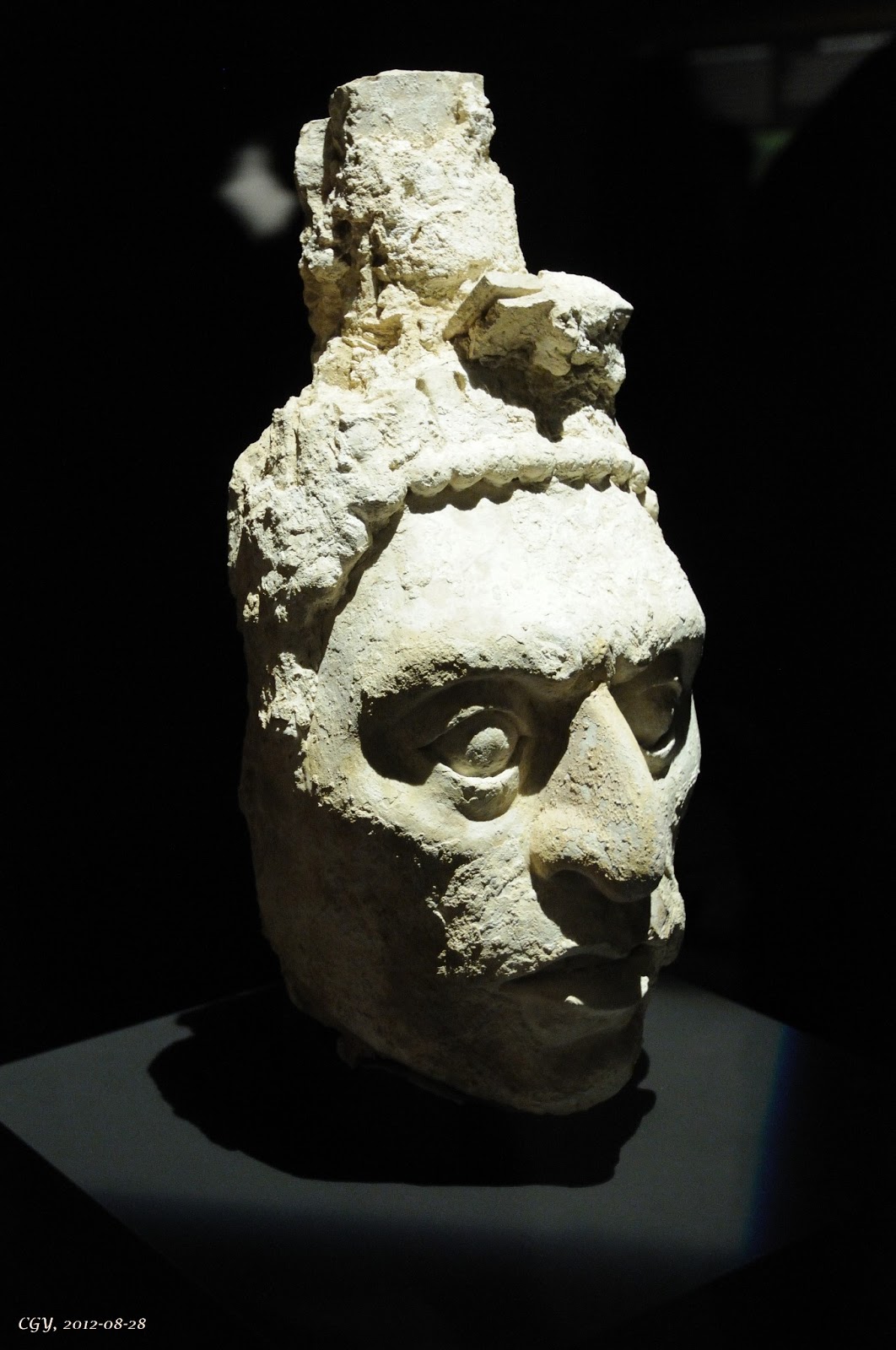
Stucco, a versatile and pliable medium, allowed artisans to achieve remarkable realism and dynamism, complementing the grandeur of Palenque’s temples and palaces.
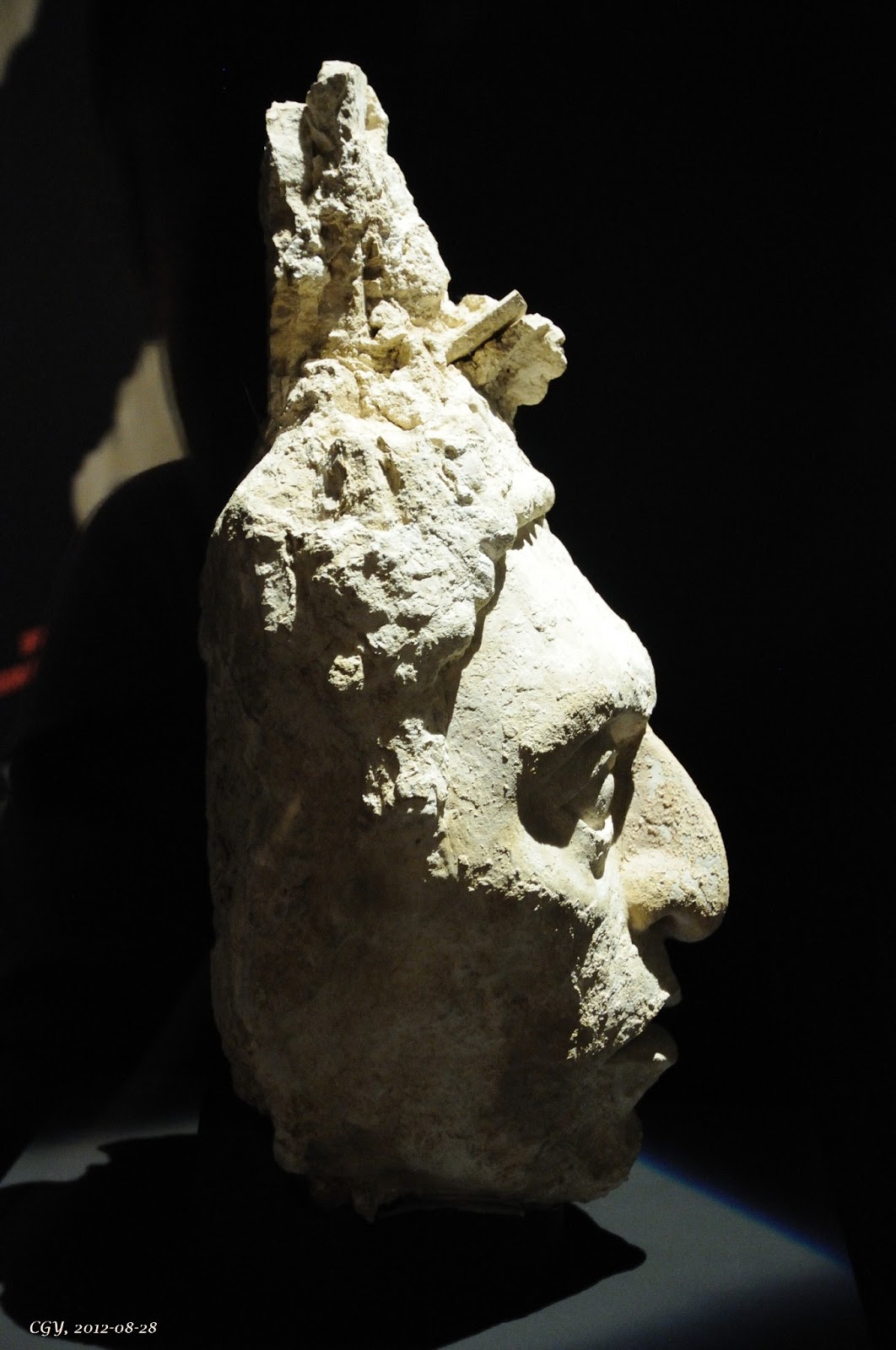
Today, this piece is preserved in the Palenque Site Museum, serving as a striking example of Maya skill in transforming perishable materials into enduring symbols of political power and religious devotion.



